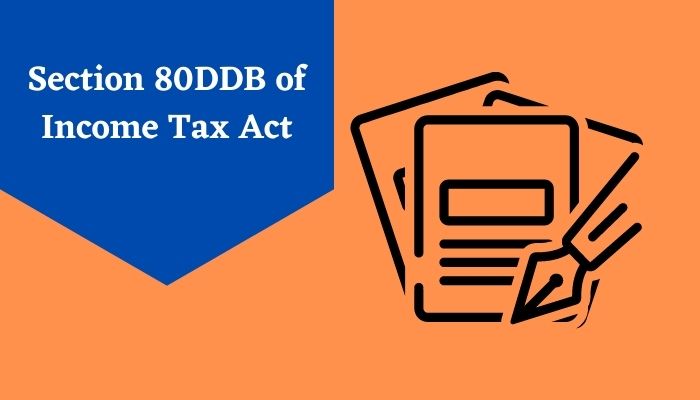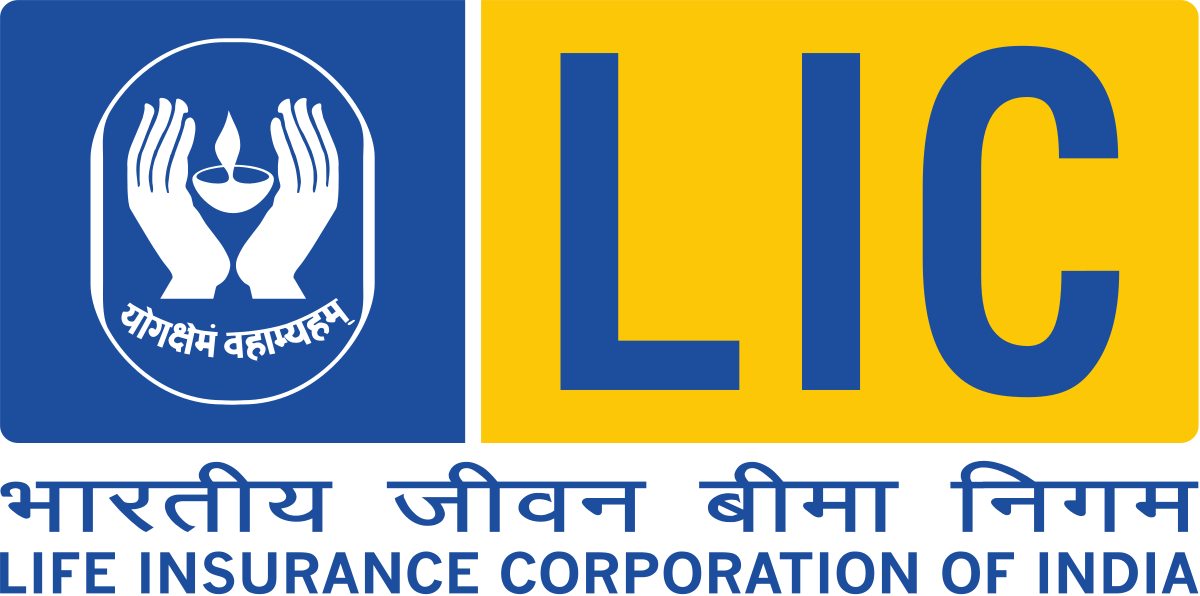Who Introduced Income Tax in India?
Income Tax or direct taxation is one of the major sources of income for the Government of India. The government levies income tax on the income of individuals, HUFs, and organizations when it is higher than the prescribed limit and collects revenue in the form of taxes. The government uses this revenue for the betterment of the nation in the form of providing education, quality healthcare, subsidy, and infrastructural developments, etc. The word ‘tax’ has originated from the word ‘taxation (estimate)’. The income tax that needs to be collected by the government is based on the set rules and regulations of taxation in the country. The Income Tax Act enacted in the year 1961 has set these various rules and regulations that govern the taxation in the country. To understand income tax better let us take a look at the history of income tax, who introduced income tax, and how income tax got introduced in India.
History of Income Tax in India
The concept of ‘taxation’ is not new in India. It has always existed in ancient times. It is interesting to know that the ancient book of laws – ‘Manu smriti’ written by the great sage Manu. This ancient legal text explains the ‘overall principles of taxation’. The ‘Arthasastra’, an ancient Indian Sanskrit treatise written by Kautilya or Chanakya also mentions the concept of taxation. Moving to the medieval period in India, the Mughals and Sultans who ruled the country had also introduced various revenue collection systems such as ‘octroi’, the tax levied on commercial goods, ‘Khiraj’ which was a land revenue, ‘Zakat’, a small tax that was imposed on Muslims, taxes on grains, fields, etc. There was also the ‘Chauth tax’ system introduced during the period of great Maratha ruler, Chhatrapati Shivaji Maharaj.
Introduction of Modern Income Tax System in India
The modern income tax system in India was introduced during British rule. In order to sustain the losses suffered by the government on account of the Sepoy Mutiny of 1857, Sir James Wilson, Finance Minister then, came up with the decision of imposing income tax in India. The British Government was under huge financial stress with the debts related to the expansion of military forces. So, income tax in India introduced by Sir James Wilson came into implementation in the year 1860. British India’s Income Tax Act first came into effect on 24th July 1860. The act was divided into 21 parts and 259 sections. Income tax in India introduced by Sir James Wilson has been the basic model of the income tax system in India ever since.
Income tax in India introduced by Sir James Wilson, the act classified income in four different schedules – Income from land property, Income from pensions and salaries, income from trade and profession, and income from securities, dividends, and annuities. From there, the system of income tax in India introduced by Wilson kept on evolving.
Evolution of Income Tax System in India
Income tax is the tax that needs to be paid by individuals or entities to the government based on their income or profits. Let’s take a look at the important events and the evolution of the Income Tax system in India.
1886
In the year 1886, New Income Tax Act, 1886 was passed in order to restructure the income tax law. Under the New Income Tax Act, 1886, income was classified in four schedules and each one of them was taxed separately. The four income divisions were:
- Salaries, pensions, and gratuities
- Interests in the securities of the government of India
- Net profits of companies
- Other sources of income
There were many amendments made from time to time to the Act.
1917
In the year 1917, a super tax was introduced in India. Super tax is an additional tax charged for individuals or entities with very high income or profit levels.
1918
In the year 1918, The new Income Tax Act of 1918 was passed. The Income Tax Act, 1918 replaced Income Tax Act, 1886, and brought in some major changes to the tax reforms in the Indian Tax System. Income Tax in India introduced by Sir James Wilson went through some major changes over the years and evolved.
1919
Excess profit tax was introduced in the year 1919.
1922
With the introduction of the Income Tax Act, 1922, the most comprehensive income tax law came into force in India. The Income Tax Act, 1922 replaced the Income Tax Act, 1918, and made many prominent changes in the features. One of the significant changes made by the Income Tax Act, 1922 is shifting the income tax administration to the central government from the provincial administration. As Income tax in India introduced by James Wilson evolved over time with time-to-time amendments in every new Income Tax Act that got introduced, Income Tax Act, 1922 also was amended 29 times from 1939 to 1956.
1961
Post-independence, based on the recommendations of the Law Commission and the Enquiry Committee, the present day’s Income Tax Act of 1961 came into force. The Act has undergone several amendments over the years. The Income Tax Act, 1961 consists of 23 chapters and 298 sections. Each section of the Income Tax Act, 1961 deals with various aspects of income tax in India which includes levying, collecting, administering, and recovering the income tax by the Government of India. The Income Tax Act, 1961 brought in many changes to income tax in India introduced by the British Indian government during 1860. As per Income Tax Act, 1961, income is classified under various heads as mentioned below:
- Income from salary
- Income from house property
- Income from capital gains
- Income from profits and gains from business or profession
- Income from other sources
Every year, during the Union budget presented by the government of India various amendments made to the Income Tax Act, are brought up such as changes in tax rates, reintroduction of any taxes or changes in any rules and regulations, etc.
In the last Union Budget presented by India’s Finance Minister Nirmala Sitharaman has introduced a new optional income tax regime that has come with lower income tax rates.
Income Tax Rates
The income tax rates are applicable based on the taxpayer’s income. As per the new income tax regime that intends to reduce the burden to taxpayers with lower rates in order to boost the overall demand, the following are the income tax slab rates applicable from the year 2020-2021:
| Income Slabs | Income Tax Rates |
| Below INR 5,00,000 | Exempt from Income Tax |
| Between INR 5,00,000 to INR 7,50,000 | 10% |
| Between INR 7,50,000 to INR 10,00,000 | 15% |
| Between INR 10,00,000 to INR 12,50,000 | 20% |
| Between INR 12,00,000 to INR 15,00,000 | 25% |
| Above INR 15,00,000 | 30% |
Final Words
Right from the ancient times of sage Manu, the system of taxation has only kept evolving in India for strengthening the country, for providing better facilities to the citizens, and for the public welfare. Ensure to pay taxes on time and file your income tax returns without fail on time. Be tax compliant and responsible citizen.





























